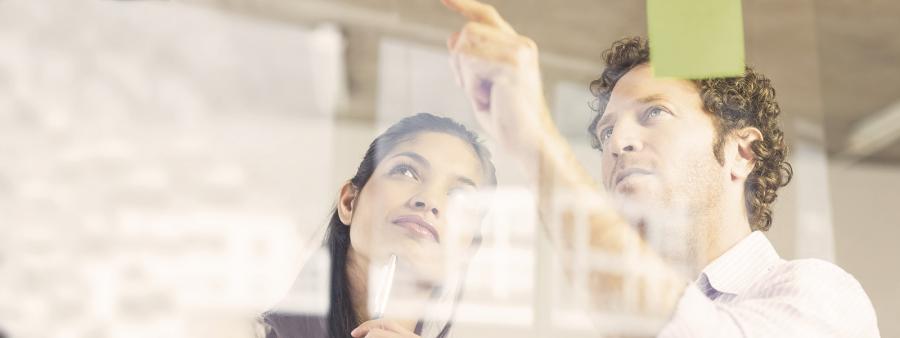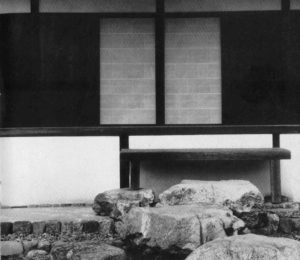Mr. Guillermo Bertólez Cué’s Thesis Lecture

The secrets of the hidden master
Author: Bertólez Cué, Guillermo
Director: PhD. Roberto Terradas Muntañola
Tutor: PhD. Martínez Duran, Anna
Date: 27th of September of 2017
Place: Auditorium
Tribunal: Ph.D. Manuel Gallego Jorreto, Ph.D. Javier Ferrándiz Gabriel and Ph.D. Laia Vives Arnella
Abstract: It is knowledge's domain to discover new threads to understand the secret keys that allow us to have our "today". The civilization of the peoples and with it the architecture and the arts is a slow evolutionary process that leaves traces recognizable for the one who has the gaze taught and is able to see where others did not see.
This work attempts to shed light on the evolutionary process of architecture since the Japanese pavilion at the Chicago World Exposition in 1893, a 1: 1 scale model of the Ho-o-den or Phoenix Pavilion in Uji, near Kyoto, which opened the way for a different way of projecting.
To discover the hidden values, a "medium" is used which is the "Imperial Katsura Precinct" of Kyoto, built between 1616 and 1662, consisting of a Palace, residence of a prince, several Tea Pavilions, a mausoleum, and Other small constructions, surrounded by an enclosed garden. It is structured following the imaginary path of an illustrious guest who walks the enclosure and starts with the first visit made by a modern architect, Bruno Taut who arrives in Japan in May of 1933 officially invited by a group of architects of Osaka, the "Japanese Association for an International Architecture".
The work is about images and writings, about the human condition and its relation to the environment, or how architecture is integrated into the supreme structure of the laws of nature. It uses the system to confront the values of careful observation of a particularly calm and pleasant reality to the methodical processes of the scientific researcher. In the oriental way, tries to show and not to demonstrate, to help see what is not seen, to learn to read between lines and not to be influenced by the superficial things.
The comparison of its compositional model in relation to the Western buildings of his time, is made subtly and pretends to open, without saying, a debate of oppositions between: reluctance and paraphrase, symmetrical and asymmetrical, naked and ornate, pillar and wall, perfection and imperfection, regular and irregular, fragility and heaviness, rigidity and flexibility, etc.
The most current photographs are due to my alumni Aizea Arce de Muguerza and the brothers Josep and Lluis Albin Ruiz and are therefore unpublished. The work, in the end, is about the value of small things and concludes with a stunned visitor, unable to digest all that he has just seen and in his sudden confusion, glimpses the fountains where the masters of modern architecture have been refreshed.
